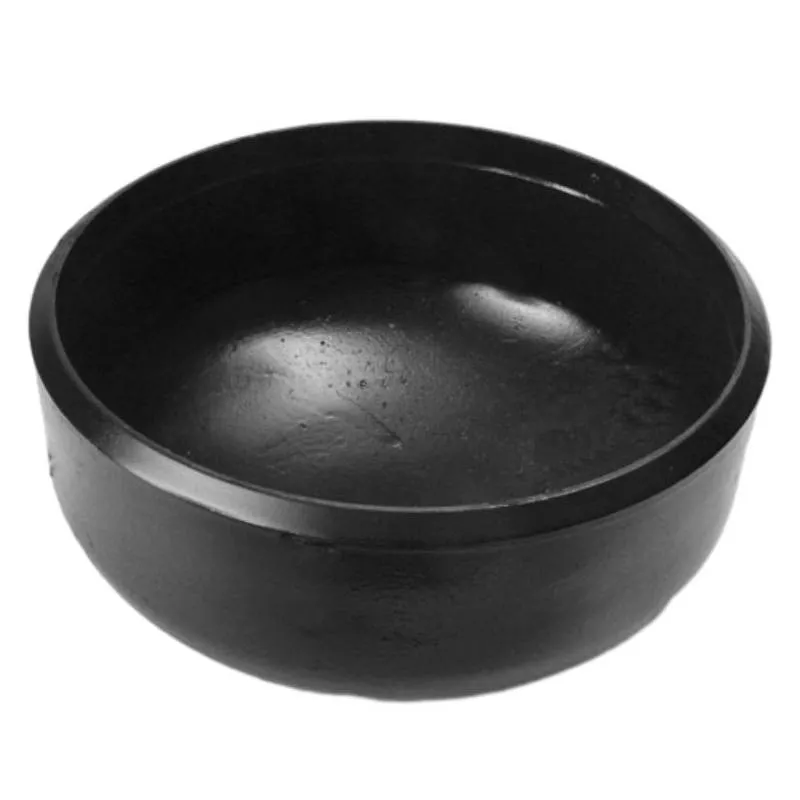-
Cangzhou Yulong Steel Co., Ltd.
-
Phone:
+86 13303177267 -
Email:
admin@ylsteelfittings.com
- English
- Arabic
- Italian
- Spanish
- Portuguese
- German
- kazakh
- Persian
- Greek
- French
- Russian
- Polish
- Thai
- Indonesian
- Vietnamese
- Zulu
- Korean
- Uzbek
- Hindi
- Serbian
- Malay
- Ukrainian
- Gujarati
- Haitian Creole
- hausa
- hawaiian
- Hebrew
- Miao
- Hungarian
- Icelandic
- igbo
- irish
- Japanese
- Javanese
- Kannada
- Khmer
- Rwandese
- Afrikaans
- Albanian
- Amharic
- Armenian
- Azerbaijani
- Basque
- Belarusian
- Bengali
- Bosnian
- Bulgarian
- Catalan
- Cebuano
- China
- China (Taiwan)
- Corsican
- Croatian
- Czech
- Danish
- Esperanto
- Estonian
- Finnish
- Frisian
- Galician
- Georgian
- Kurdish
- Kyrgyz
- Lao
- Latin
- Latvian
- Lithuanian
- Luxembourgish
- Macedonian
- Malgashi
- Malayalam
- Maltese
- Maori
- Marathi
- Mongolian
- Myanmar
- Nepali
- Norwegian
- Norwegian
- Occitan
- Pashto
- Dutch
- Punjabi
- Romanian
- Samoan
- Scottish Gaelic
- Sesotho
- Shona
- Sindhi
- Sinhala
- Slovak
- Slovenian
- Somali
- Sundanese
- Swahili
- Swedish
- Tagalog
- Tajik
- Tamil
- Tatar
- Telugu
- Turkish
- Turkmen
- Urdu
- Uighur
- Welsh
- Bantu
- Yiddish
- Yoruba

Nov . 11, 2024 05:35 Back to list
Design and Application of 90-Degree Elbow Fittings in Pipe Systems
Understanding the 90° Degree Elbow in Piping Systems
In the realm of fluid dynamics and piping systems, various components play critical roles in ensuring seamless flow and efficient operation. One such essential component is the 90° degree elbow. This seemingly simple fitting is integral to redirecting fluid flow within a piping system, allowing flexibility in design and optimizing space utilization.
What is a 90° Degree Elbow?
A 90° degree elbow is a type of pipe fitting that allows the flow to change direction by 90 degrees. It is typically used in piping systems to connect two pipes, creating a sharp turn in the piping route. Available in various materials such as PVC, stainless steel, carbon steel, and brass, these elbows can cater to different applications, from residential plumbing to large industrial setups. The choice of material often depends on the nature of the fluid being transported, temperature conditions, and environmental factors.
Design and Functionality
The design of a 90° elbow is relatively straightforward, comprising a curved section that facilitates the redirection of fluid. These fittings can be either short radius (SR) or long radius (LR). Short radius elbows curve more sharply, making them ideal for applications where space is a constraint but may lead to higher pressure drops due to turbulent flow. On the other hand, long radius elbows provide smoother transitions and are typically used in systems where maintaining pressure is crucial.
The flow characteristics in a pipe are significantly influenced by how smoothly the fluid transitions through fittings. Utilizing long radius elbows can minimize turbulence, thereby reducing the likelihood of energy loss in the system, which is essential for high-efficiency operations.
Applications
90° degree elbows are versatile and find applications across a multitude of industries. In residential plumbing, they are commonly used in water supply lines, enabling contractors to navigate around structural obstacles or change the direction of flow. In industrial settings, these fittings are integral to the construction of complex piping networks found in chemical processing, oil and gas transportation, and HVAC systems.
90 degree elbow

Moreover, they play a vital role in irrigation systems, waste management installations, and even in the transportation of food and beverage products. The adaptability of 90° elbows allows engineers and designers to create customized piping layouts tailored to specific system requirements.
Benefits
The advantages of integrating 90° degree elbows into piping systems are manifold. Firstly, they provide flexibility in design, enabling the routing of pipes around corners or obstacles without the need for complex configurations. Secondly, their ability to maintain the flow direction reduces the risk of leaks and damage that may arise from less efficient fittings.
Additionally, high-quality materials can enhance durability and longevity, ensuring that the systems operate effectively over extended periods. Properly selected and installed elbows can also minimize maintenance costs by reducing wear and tear on the piping system, as they help maintain steady flow rates and minimize friction losses.
Considerations
When designing piping systems that utilize 90° elbows, engineers must account for several factors. The diameter of the elbow should match that of the adjacent pipes to avoid bottlenecks. Furthermore, it is crucial to consider the fluid's properties, including viscosity and temperature, as these factors can affect flow patterns and pressure drops.
Installation practices are equally important; improper installation can lead to misalignment and stress on the pipe, potentially resulting in joint failure. Professionals must ensure that all fittings are correctly secured and that their placement aligns with the overall design objectives.
Conclusion
The 90° degree elbow may appear a minor component in the grand scheme of piping systems, yet its significance cannot be underestimated. This versatile fitting is essential for efficient fluid transport across various industries, providing utility, flexibility, and reliability. By comprehensively understanding its design, functionality, and applications, engineers can optimize their piping systems to enhance performance and longevity. Whether in a residential setting or a vast industrial plant, the proper selection and installation of 90° elbows undoubtedly contribute to the success of fluid management and distribution systems.
Latest news
-
ANSI 150P SS304 SO FLANGE
NewsFeb.14,2025
-
ASTM A333GR6 STEEL PIPE
NewsJan.20,2025
-
ANSI B16.5 WELDING NECK FLANGE
NewsJan.15,2026
-
ANSI B16.5 SLIP-ON FLANGE
NewsApr.19,2024
-
SABS 1123 FLANGE
NewsJan.15,2025
-
DIN86044 PLATE FLANGE
NewsApr.19,2024
-
DIN2527 BLIND FLANGE
NewsApr.12,2024
-
JIS B2311 Butt-Welding Fittings LR/SR 45°/90° /180°Seamless/Weld
NewsApr.23,2024











